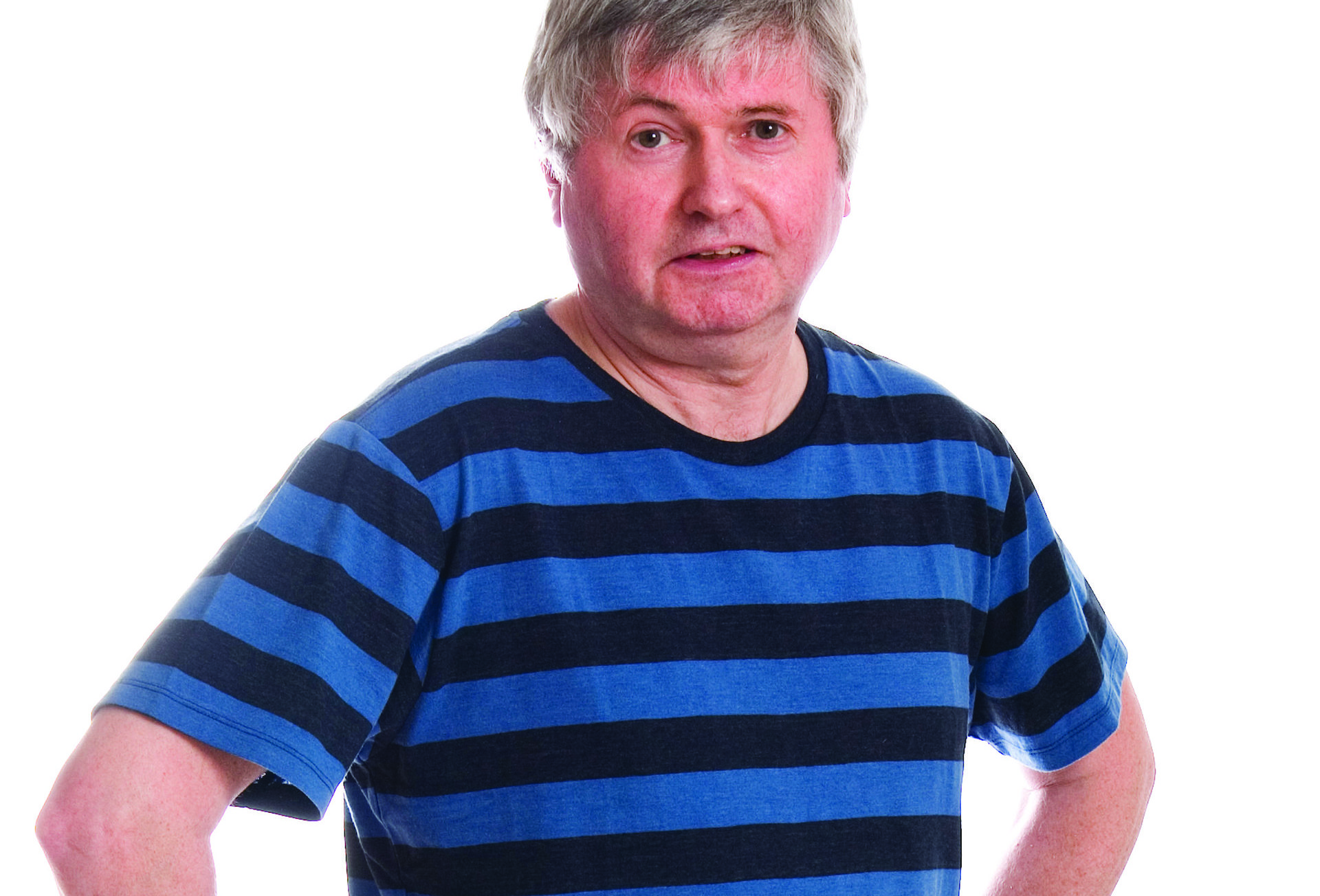It’s not every December we draw back the curtains in the morning to find there’s a perfectly formed Christmas card scene outside the window.
Twice so far I have stood gazing at snowy gardens and rooftops and felt relieved that the central heating wasn’t playing up again. So I have a lot of sympathy for the thousands of people who were left to shiver in their own winter wonderlands when Storm Arwen brought down power lines across
the North of England and Scotland.
As I write this – almost two weeks on from that event – it seems the number of households without electricity in Cumbria, County Durham and Northumberland is still in four figures, and it’s hard not to believe that if these outages had affected Surrey or elsewhere in the Home Counties the lines would have been repaired and power restored in double-quick time. Yet again we have a stark illustration of the North-South divide.
What’s also evident to me is just how much our increasing electricity needs depend on a clearly not-fit-for purpose power grid. Okay, if you live in or on the edge of a city, as I do, then you’ll scarcely know a major power cut and will never have endured night after winter night without heating or lighting. Out in the countryside, though, it’s a different matter. The residents of rural areas in the North are the people who are most likely to be affected by lack of investment in power lines and maintenance teams. So not only is there a North-South divide, but in the North there is also an urban-rural divide.
Power cuts at this time of year are particularly dire. Without electricity, gas central heating shuts down because there is nothing to drive the pump and the boiler fan. Electric cookers and kettles become redundant, of course, and the gloom is compounded when your mobile phone’s battery eventually goes flat.
Call me a cynic but there is a good financial reason why the power companies prioritise urban customers to the detriment of people living out in the sticks. Each household that has no electricity for two weeks is eligible for more than £1,500 compensation, and although that adds up to a fair amount for those affected by rural power cuts it’s a risk that Northern Powergrid and others apparently think worth taking rather than investing to make sure power cuts don’t happen. On the other hand, if the 300,000 households in Leeds had similar outages it would be financially ruinous for the company.
What makes all this unacceptable is that in the next couple of decades electricity will become ever more vital. We are going to be weaned off our reliance on gas, solid fuels and oil central heating in order to meet the UK’s obligations to reduce carbon emissions. Quite how this can be achieved no one actually knows. The most common suggestion is that gas boilers will be replaced with a technology known as heat pumps, but these are unreliable in cold weather, costly to install and pretty useless for heating multi-storey flats.
Whether you live in central Manchester or the most isolated Pennine cottage, therefore, we will all depend mostly on energy generated by offshore wind farms. As things stand, I’m not so sure we can count on the power companies to deliver it.



Leave a reply
Your email address will not be published.